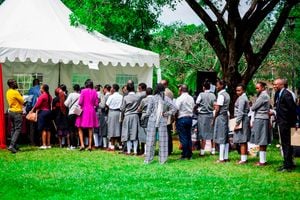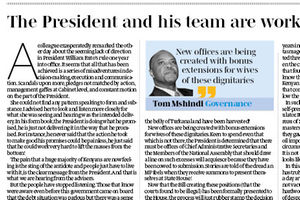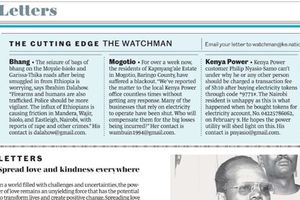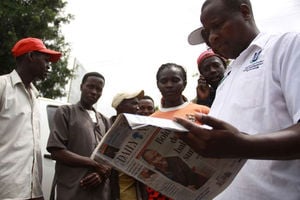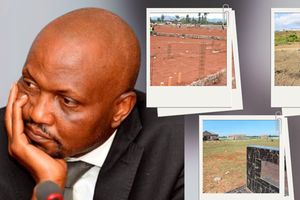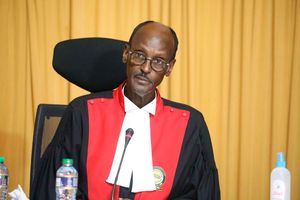
A pupil reads a copy of the Daily Nation.
A two full-page article that appeared in the Daily Nation of March 25, 2024, “Irony of schools that have space but few learners”, lacks in-depth research as to why learners are few in some of these schools.
The information given by the “Nation Team” is wrong in terms of where those schools are located. On General Waruinge Road, from Kariokor Market, after Starehe Boys Centre and School, are St Brigid’s, Dr Aggrey, Muslim and Pumwani primary schools in that order, not as in the story.
As a trained teacher and former pupil in Nairobi in the 1960s and early ’70s, I’ve studied what ails the capital city’s primary schools. The main problem, which the Nation Team missed, is that public primary schools in Nairobi are in total ruin—except for a few, which are maintained by residents associations.
The ruin began when the [defunct] City Council of Nairobi handed the management of its schools to the central government.
The city council had a programme of repairing and painting these schools during November-December holidays. Books were provided free of charge.
There were groundsmen and cleaners, school clerks and watchmen, a lawnmower, running water, clean water closets and functioning telephone and electricity in every school, paid for by the council.
For children’s safety, a lollipop man was on the road in the morning and evening. Further motivation to attend these schools was the provision of hot lunches, a cup of milk for every child and free study tours.
— Chris Kiriba, Narok
* * *
Who was killed, Gitonga or Gituma?
I refer to the Daily Nation court story from Meru, “Employer who beat up his lorry driver faces manslaughter charge” by Sam Kiplagat (March 28, 2024).
The picture caption says a Mr Gitonga, the driver, was the one killed. He is mentioned again in a paragraph in the story as the driver.
However, the rest of the story says a Mr Gituma was the driver who died following beatings by his employer. I’m confused. Who was killed?
Who was the driver of the lorry?
— Simon Orucho
Sam Kiplagat: I must admit that the mix-up of names was my mistake. The deceased is Martin Gituma, not Gitonga. He was beaten up by his employer, Douglas Koome, for not loading the lorry with ballast to capacity. Gituma had an underlying medical condition, which worsened after the beating.
* * *
Comparison not grammatically correct
I recently read in the Daily Nation that “Kiambu is the most populous county only second to Nairobi.” This is contradictory. If Kiambu is the most populous county, it cannot be second to Nairobi.
— Irungu Maina
Public Editor:You are right. The sentence is grammatically incorrect. The word “only” is causing the confusion. The correct version is “Kiambu is the second-most populous county, after Nairobi.”

